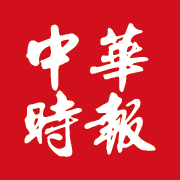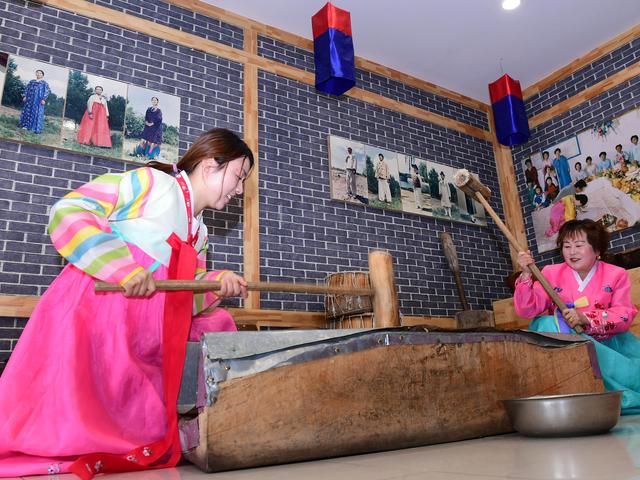Yanbian, the only autonomous prefecture of China's Korean ethnic group in northeastern Jilin Province, has cast off poverty.
By June, all five impoverished counties in the prefecture, including four state-level ones, were lifted out of poverty.
Thanks to measures including developing industries like cattle raising, edible fungus planting and tourism, the poverty rate of the prefecture dropped from 12.2 percent at the end of 2015 to 0.05 percent now, according to the poverty alleviation office of the prefecture.
China aims to eradicate absolute poverty by 2020.
In the traditional Korean farming culture, cattle used to be so important that many farmers even spared a room as the cowshed. Although machines have replaced livestock for plowing in modern times, cattle are still considered quite a cash cow in the prefecture.
By raising Yanbian yellow cattle, a crossbreed between the local and French Limousin breeds, Liu Jingyi brought home an additional income of 40,000 yuan a year due to higher prices for quality beef.
I used to raise cattle to make ends meet. Now it has brought me wealth, said Liu, a villager in the Dongshengyong Township in Yanbian's Longjing City.
Steak and other beef products are sold to more than 50 five-star hotels at up to 200 yuan per kg, three times the price of ordinary beef.
In 2019, the total number of cattle raised in the prefecture reached 167,000, according to the government of Yanbian.
Located in the mountainous area at the border of China, Russia and the Democratic People's Republic of Korea, Yanbian is one of the most impoverished areas in Jilin Province. Nearly 36 percent of the prefecture's population is ethnically Korean.
To alleviate poverty for registered impoverished residents, the prefecture carried out more than 3,200 projects between 2016 and 2019.
In Wangqing County, a forest zone known for black fungus production, workers are busy making and watering fungus packs in the production base of Baiyi, a local biotechnology company.
I was hired to guard the base and water the packs, said Wang Yuedong, who is unable to toil in the fields after a fall accident years ago resulted in a broken leg.
General Manager Wang Guoguang said most of the company's employees are local villagers, each of whom earns over 4,000 yuan per month.
The black fungus industry, which covers more than 120 villages in Wangqing County, has seen an annual output of 3.4 billion yuan, helping some 16,000 poor villagers out of poverty.
Other major agricultural industries garnering income include blueberry, kiwi and ginseng plantations.
At the former site of the Mingyan Village in Xicheng Township in the city of Helong, a new village featuring folk culture has been built after massive floods inundated and destroyed local houses and roads in July 2010.
More than 70 percent of local households are now engaged in the tourism sector, such as family inns and folk performances.
Unlike in the past when we had to rely on the weather for a harvest, we can now earn an income without leaving home, said Li Yueshun, who has turned her new house into a family inn.
Figures show a total of 24.23 million tourists brought in revenue of 47.4 billion yuan to the prefecture in 2019, up 13 percent and 17 percent respectively compared with the previous year.
Mingyan Village has been renamed Jindalai, meaning azalea flower. In Korean culture, blooming azalea flowers indicate the arrival of the spring.
The new name of our village symbolizes the good wish for a rebirth following the massive floods, said Jin Guangri, Party chief of the village.
(CGTN)

